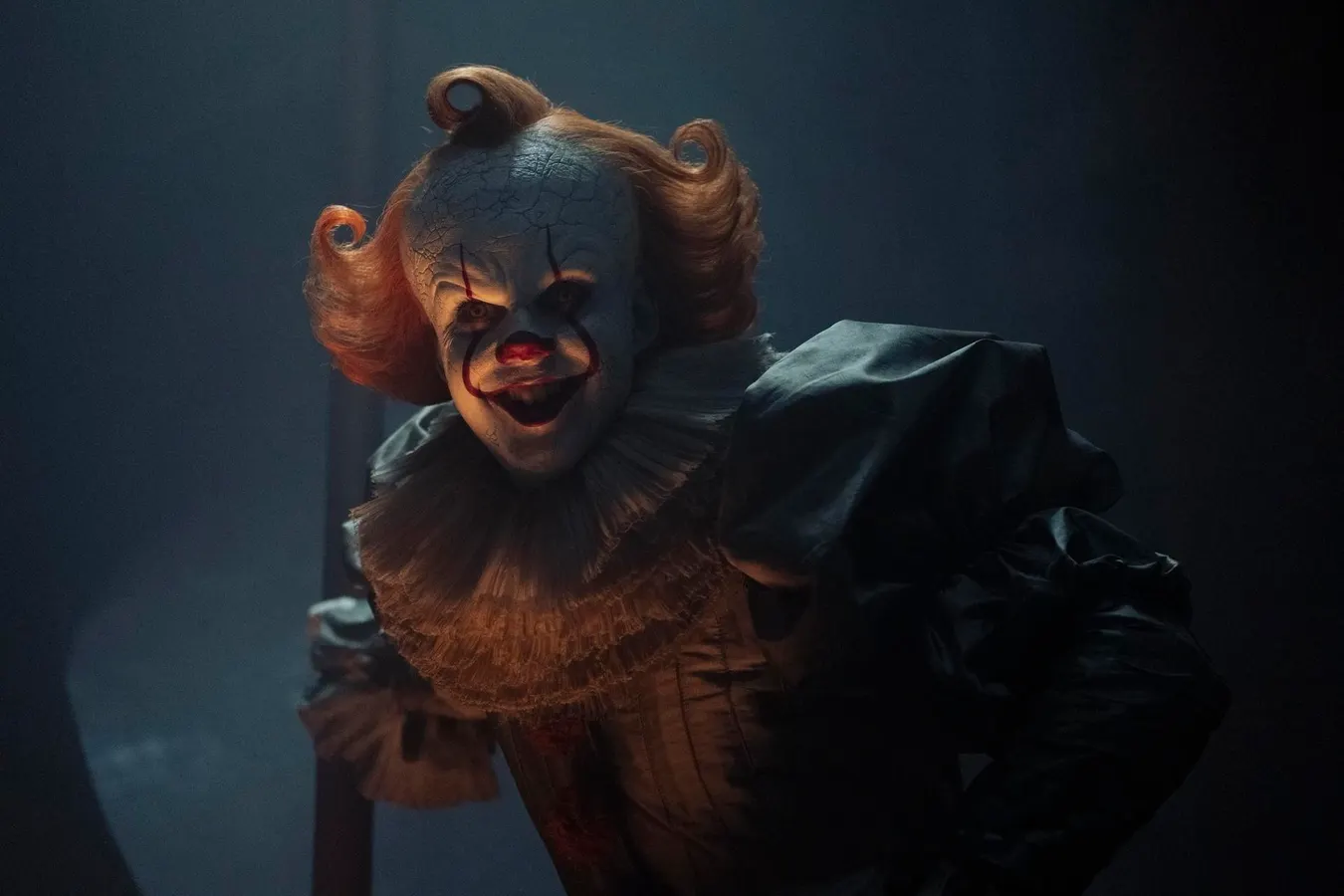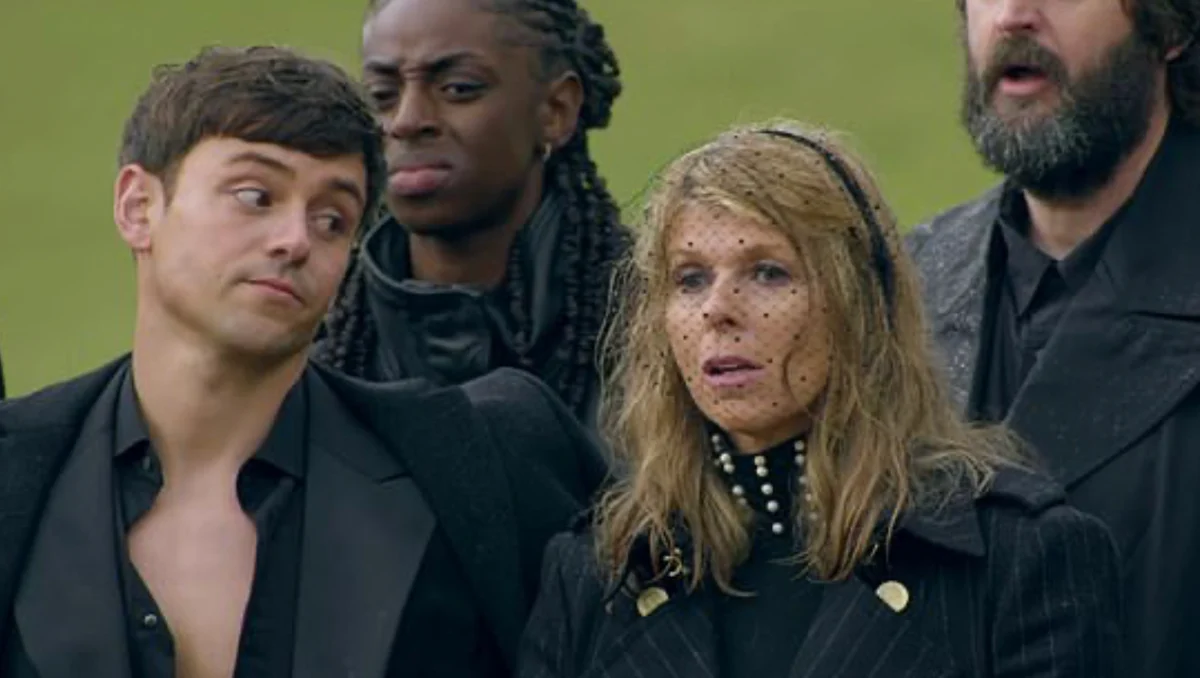Copyright forbes

Bill Skarsgård as Pennywise in HBO's 'It: Welcome to Derry' HBO/Warner Bros. Stephen King’s most infamous creation, Pennywise, never seems to go away—the dancing clown has been haunting dreams since 1986, when King’s horror novel It was released. Since then, It has been repeatedly adapted to film and television, with HBO’s latest spin-off, It: Welcome to Derry, plotting an entire prequel series around the shapeshifting clown. It adaptations tend to avoid the weirdest elements of King’s infamously unhinged novel, so viewers can be left wondering what Pennywise really is. Pennywise isn’t really a clown, so what is he? Or rather, what is it? Let’s start with the clown persona. Who Is Pennywise? The nameless creature of It is sometimes known as Robert "Bob" Gray, but is commonly known as Pennywise the Dancing Clown, as Pennywise is the creature’s preferred form. Pennywise can shapeshift into any form he likes, and chooses the most intimidating appearance based on the fears of his victims, much like the Boggart of Harry Potter. While Pennywise is often assumed to be a real historical clown of Derry that the creature mimics, the novel makes it clear that there is no single clown form—each victim sees a different clown, based on their own memories, expectations or specific fears. Obviously, Pennywise has a fixed clown persona in all screen adaptations, and both versions represent a different kind of creepy clown. In the 1990 series, Pennywise is played by Tim Curry, whose simple make-up and cheap clown costume are surprisingly unsettling. His Pennywise is quite chatty, constantly cracking jokes—it’s surely Curry’s most skin-crawling performance. Bill Skarsgård plays Pennywise in the 2017 film adaptation, its 2019 sequel, and HBO’s series It: Welcome to Derry. Skarsgård’s costume is inspired by vintage circus clowns, and his make-up is more elaborate and frightening. In contrast to Curry, Skarsgård’s performance is deliberately uncanny, leaning into Pennywise’s otherworldly origins—he seems to be making a tremendous effort to appear somewhat human, often drooling at the thought of devouring his prey. What Is Pennywise, Exactly? Pennywise is an alien entity who doesn’t belong on Earth, or even in this universe. The creature’s true form is known as the "Deadlights," a mysterious orange light that can induce madness in those who witness it. At one point, It is described as an endless, crawling hairy creature made of orange light, and has also appeared as a giant spider with a clutch of eggs. This suggests that the creature is female, but it seems likely that the creature transcends the idea of biological sex entirely. Dwelling in the sewers, deep below the town of Derry, Pennywise uses the sewer system as a convenient way to traverse unseen, able to feast upon his victims and disappear when needed. There’s also a metaphorical significance to Pennywise’s lair, with the sewers representing the mythical underworld or the mind’s subconscious, exactly the place where one would expect to find a repressed fear. Pennywise hibernates for several years at a time and only emerges for feeding frenzies, flooding his victim’s minds with fear to add flavor, akin to “salting the meat.” Pennywise deliberately targets children, as their fears are simpler, easier to invoke and understand. Confrontations between Pennywise and his victims are often more psychological than physical, as the creature is empowered by fear and weakened by joy and laughter. There’s also an ambiguous connection between the psychic energy of Pennywise and the terrible vibes of the town of Derry, inhabited by adults who are overwhelmingly hateful and abusive. It’s unclear if Pennywise is the cause of this behavior, or if he chose Derry specifically due to this negative energy, but the novel implies a symbiotic relationship between the two. Pennywise can control the weak-minded, and his influence often blinds adults to the horrors of Derry. Pennywise represents the evil hidden beneath the surface of an idyllic small town, the embodiment of childhood anxieties and alienation. A supernatural shapeshifter is all we really need to know about Pennywise, but King imbues the creature with an elaborate backstory that echoes the cosmic horror of H.P. Lovecraft. The alien nature of Pennywise is rarely included in adaptations of It, but there’s a surprising amount of lore in the novel, which King expands on in The Dark Tower series. Where Did Pennywise Come From? Pennywise originated in a void that envelopes our universe, known as the Macroverse. Like Mario and Wario, Pennywise has a polar opposite “brother” who takes the form of a great, godlike turtle known as Maturin. Maturin created our own universe after a stomach ache caused him to vomit, but he spends most of his time sleeping peacefully in his shell. Maturin bears a resemblance to the World Turtle found in Hindu and Buddhist mythology, and plays a significant role in the lore of The Dark Tower. Both of these ancient cosmic entities were created by a mysterious Other, who might be considered the God of King’s universe. Pennywise first arrived on Earth via a meteorite crash, settling on the area in North America that would eventually become Derry, Maine. The clashes between Pennywise and Maturin have repeatedly taken place across billions of years, yet Pennywise claims that Maturin eventually died after choking on a galaxy. The end of It sees Pennywise seemingly defeated for good by the Loser’s Club, but Stephen King has dropped hints across his novels that the clown may still live. What Originally Inspired Pennywise? King originally intended to write a story about a troll that lived in the sewers, but decided that a clown is what children feared "more than anything else in the world." Judging by the staying power of Pennywise, King was right. While clowns used to be a popular staple of children’s entertainment, modern pop culture almost always depicts clowns as murderous. Pennywise isn’t the only grease-painted killer that has given clowns a bad name (the history of clowning has always included elements of darkness), but the release of It certainly marked a turning point. There’s just something compelling and uniquely frightening about Pennywise—Bill Skarsgård claimed that he experienced “strange and vivid” dreams of Pennywise while playing the character. Nowadays, Pennywise is too frightening for Stephen King—in a Reddit AMA, King wrote that he would never revisit It, because the story was "too scary, even for me." MORE FROM FORBES Forbes‘Terrifier 3’—Who (Or What) Is Art The Clown?By Dani Di PlacidoForbesThe Twist Ending Of ‘Weapons,’ ExplainedBy Dani Di PlacidoForbesWho (Or What) Is The Grabber From ‘The Black Phone 2’?By Dani Di PlacidoForbesThe Sensual Horror Of ‘Nosferatu,’ ExplainedBy Dani Di Placido Editorial StandardsReprints & Permissions



